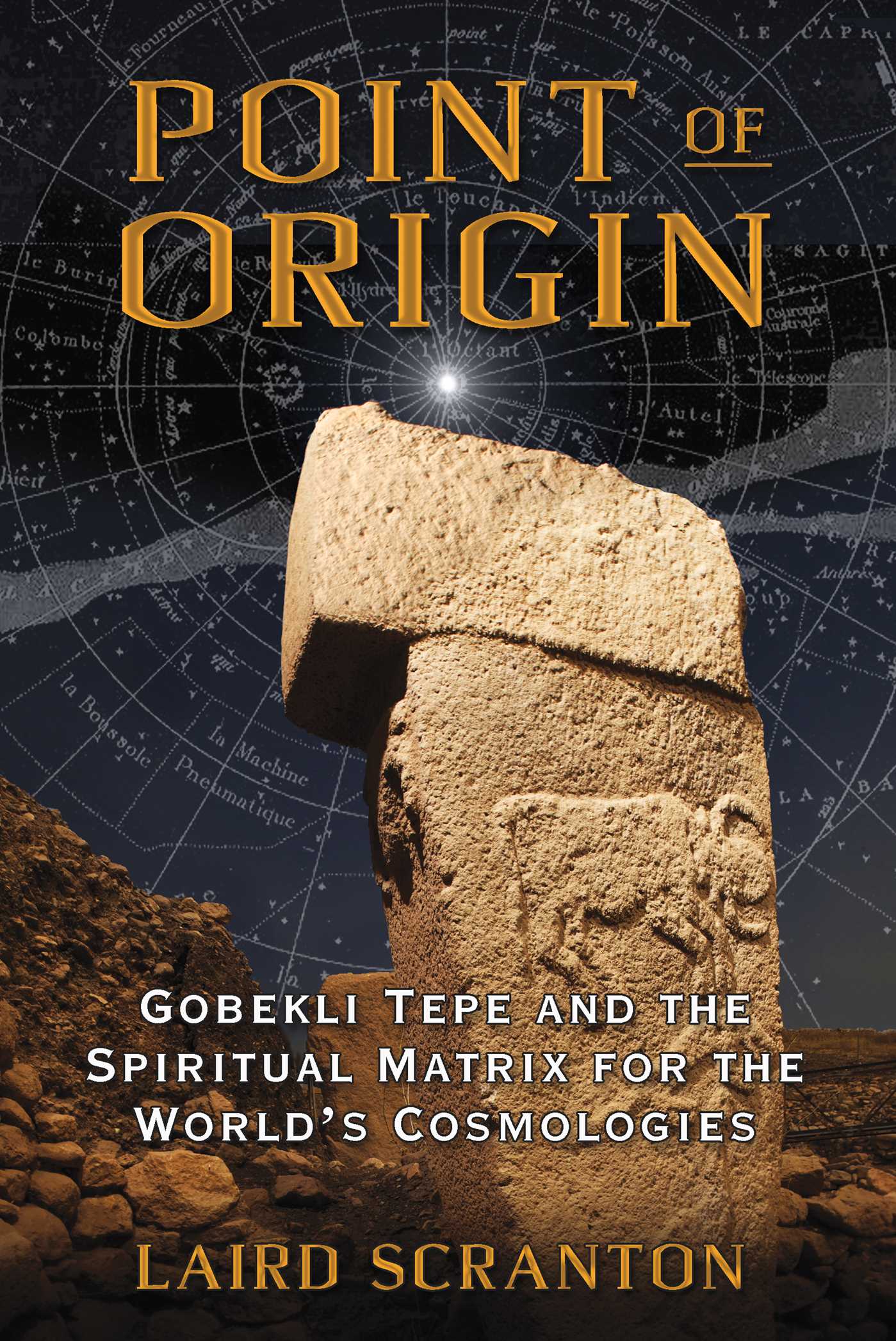Laird Scranton
Point of Origin
Point of Origin
Couldn't load pickup availability
Lindsay Hasluck’s Review
This book offers a new interpretation of the world’s oldest and most important megalithic site, Gobekli Tepe in Turkey. Scranton’s brilliant research takes us back in time through the shared roots of early language. From his study of the Dogon tribal language and symbolism in Mali, Africa, he reveals the ancient connections between Dogon, Ancient Egyptian, Indian and Tibetan cultures and religions. Given that the Dogon culture holds modern scientific knowledge in their ancient cosmological symbolism that explains the birth and construction of the universe, Scranton makes a comparative analysis and applies it to the ancient Gobekli Tepe stone arrangements. Anyone studying the pre-literate past must ultimately rely on deductive reasoning and human logic to see through the mists of time, but what the author finds will leave you awake at night, pondering.
Scranton forges a path 12000 years into the past through seeking an answer to the role of Gobekli Tepe. Analysingancient texts, architecture and cosmological belief systems, he finds that the site was more than a collection of temples. He sees it instead as having had a fundamental role as a site of education: instruction in the techniques of civilisationintroduced in the neolithic period, such as agriculture, stone working, construction, ceramics and religion. But who were the teachers? And who were the students?
Scranton raises some interesting new questions and provides some possible answers. His book is for anyone seeking esoteric knowledge through factual interpretations. If you have read the Bible, Vedic literature, Buddhist texts and more, you have may have wondered why similarities in their cosmologies appear to exist. Scranton has a tenable argument for the shared root of all these cultures, and perhaps even globally.
Nor does he rely on the grand leaps of faith required by other writers’ interpretations of Gobekli Tepe. Instead, he argues that if the seemingly impossible is the only remaining answer, then it must be correct, no matter how improbable and unorthodox it seems. Along the way, the reader learns about the complexities of the birth of language and symbolism in the old world, and finds that much of it still remains in the shadows of the English language itself.
Available by order only.
Publisher’s Review
Reveals Gobekli Tepe as a center of civilizing knowledge for the ancient world:
• Details how symbolic elements at Gobekli Tepe link a pre-Vedic cult in India to cosmological myths and traditions in Africa, Egypt, Tibet, and China
• Discusses how carved animal images at Gobekli Tepe relate to stages of creation and provide an archaic foundation for symbolic written language
• Defines how classical elements of ancient Egyptian myth and religion characterize an archaic cosmological tradition that links ancestrally back to Gobekli Tepe
How could multiple ancient cultures, spanning both years and geography, have strikingly similar creation myths and cosmologies? Why do the Dogon of Africa and the civilizations of ancient Egypt, India, Tibet, and China share sacred words and symbols? Revealing the existence of a long-forgotten primal culture and the world’s first center of higher learning, Laird Scranton shows how the sophisticated complex at Gobekli Tepe in Turkey is the definitive point of origin from which all the great civilizations of the past inherited their cosmology, esoteric teachings, and civilizing skills, such as agriculture, metallurgy, and stone masonry, fully developed.
Scranton explains how the carved images on Gobekli Tepe’s stone pillars were the precursors to the sacred symbols of the Dogon, Egyptians, Tibetans, and Chinese as well as the matriarchal Sakti cult of ancient Iran and India. He identifies Gobekli Tepe as a remote mountain sanctuary of higher knowledge alluded to in Sakti myth, named like an important temple in Egypt, and defined in ancient Buddhist tradition as Vulture Peak. Scranton reveals how Gobekli Tepe’s enigmatic “H” carvings and animal symbolism, symbolic of stages of creation, was presented as a kind of prototype of written language accessible to the hunter-gathers who inhabited the region. He shows how the myths and deities of many ancient cultures are connected linguistically, extending even to the name of Gobekli Tepe and the Egyptian concept of Zep Tepi, the mythical age of the “First Time.”
Identifying Gobekli Tepe not only as the first university but also as the first temple, perhaps built as a civilizing exercise, Scranton definitively places this enigmatic archaeological site at the point of origin of civilization, religion, and ancient science.
Share


